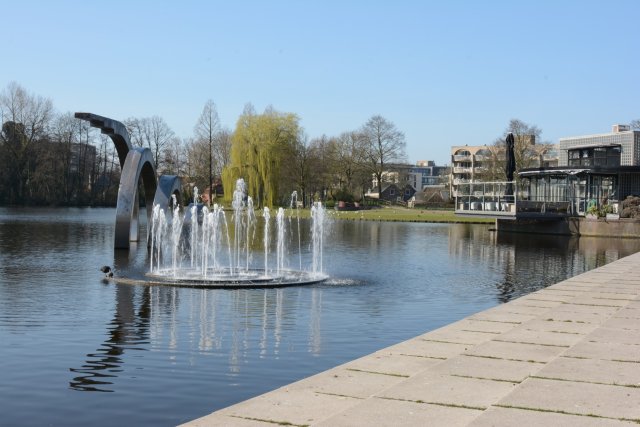Districts in Zoetermeer
Buytenwegh
The Buytenwegh district emerged in the 1970s and 1980s as the city expanded rapidly. The area where Buytenwegh is now located used to be a farming area. As Zoetermeer grew, it was transformed into a residential district. With the Buitenpark and the Binnenpark around the corner, you quickly walk in greenery.
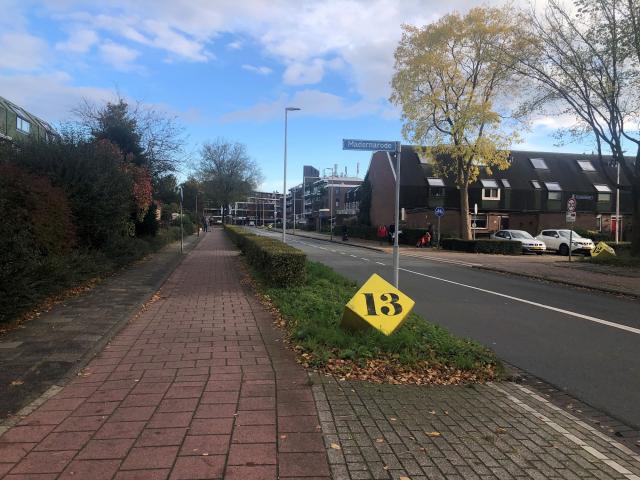
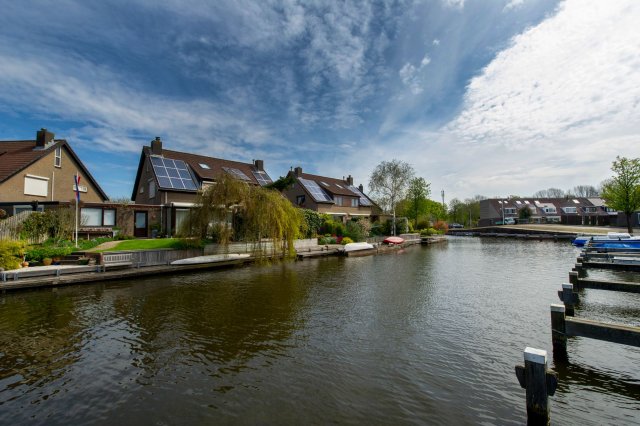
The Leyens
De Leyens emerged as a district in Zoetermeer in the 1980s. The district was named after the farm estate 'Leyens' that used to be located there. Living in De Leyens means enjoying peace, greenery and water. With the Noord-Aa around the corner, you can enjoy walking, cycling or relaxing at the beach.
Dorp
The Dorp district is the origin of Zoetermeer and has existed since the Middle Ages. The Dorpsstraat used to run through the villages of Zoetermeer and Zegwaart (in 1935 the villages were merged into the municipality of Zoetermeer). Until the 1960s, Dorp was the center of Zoetermeer, with a few farms and two churches as important places. Over time, more and more was built around it. Nevertheless, the Dorp district has retained its old village atmosphere. Now Dorp is still a lively district with local stores and restaurants. A village in the middle of the city.
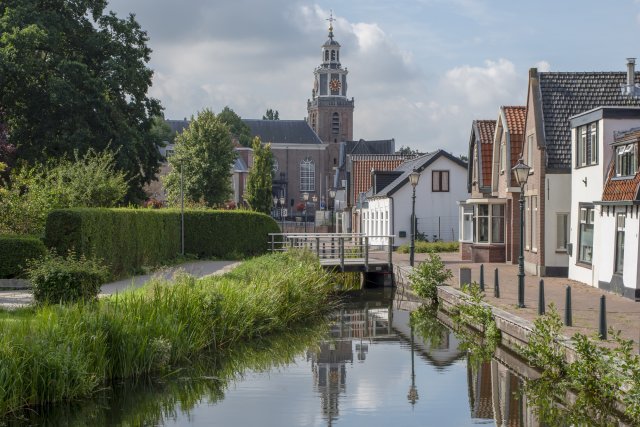
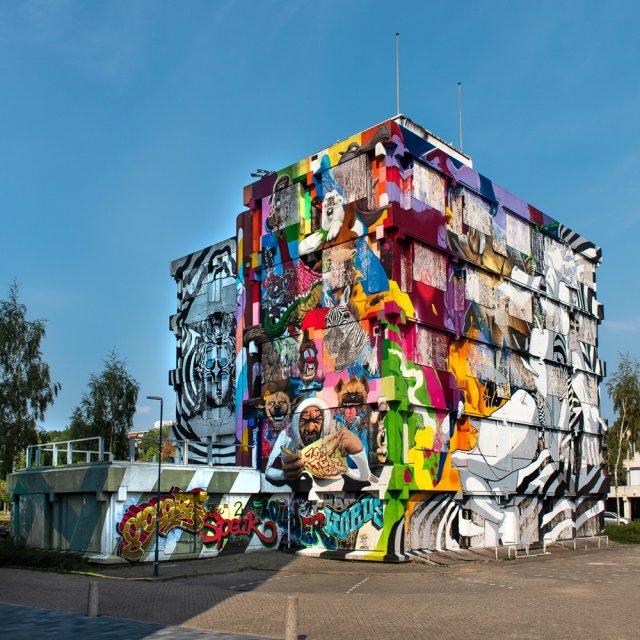
Driemanspolder
Driemanspolder was built in the 70s. The name comes from the polder that used to be there. The word 'Drieman' refers to 3 men from the 17th century who drained the land in this area, which later became the name of the area.
Meerzicht
Meerzicht is a city district in Zoetermeer that was built in the 1970s. Meerzicht consists of 2 parts: the eastern part with mainly high-rise buildings and the western part with low-rise buildings, separated by the central Meerzichtlaan. Meerzicht borders the Westerpark. The largest park in Zoetermeer.
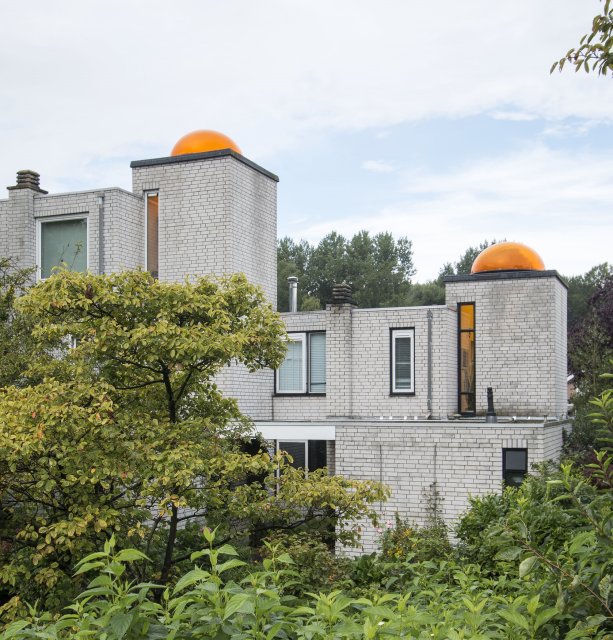
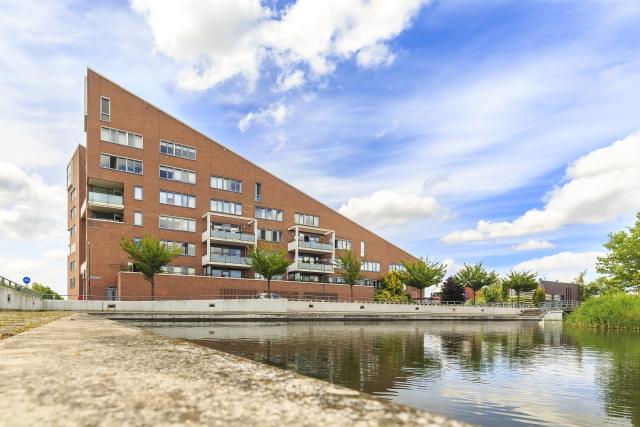
Noordhove
The first pile in the Noordhove district was driven in 1985. The district takes its name from a farm on the Zegwaartseweg, called Noord-Hove. Noordhove is a quiet and green district in the north of Zoetermeer. Noordhove is close to the beautiful Noord Aa , where you can enjoy walking, cycling or simply enjoying nature.
Oosterheem
Oosterheem was built shortly after the year 2000 in the Binnenwegsche polder, a polder that originated around the year 1700. Partly due to the construction of Oosterheem, Zoetermeer has become the third municipality of South Holland in terms of population.

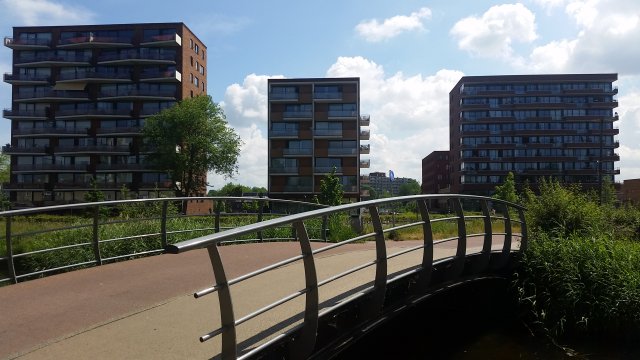
Palenstein
Palenstein is one of the oldest district in Zoetermeer. The name Palenstein is derived from the Kasteel Huis te Palenstein, formerly located on the land where the Dorp district is now built. The district has changed from a typical high-rise district from the 1960s to a modern, green district with a mix of low-rise and high-rise buildings. In recent years much has been renewed and made more sustainable.
Rokkeveen
The Rokkeveen district is one of the largest districts in Zoetermeer. The first pile for Rokkeveen was driven in 1987, but the name 'Rokkeveen' has a much older origin. In 1295 there was already talk of 'Ruckevene', which means 'peat of Rutger', probably named after a lord or landowner.
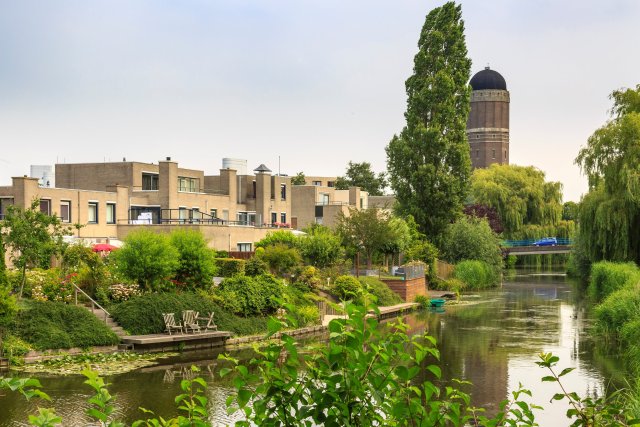
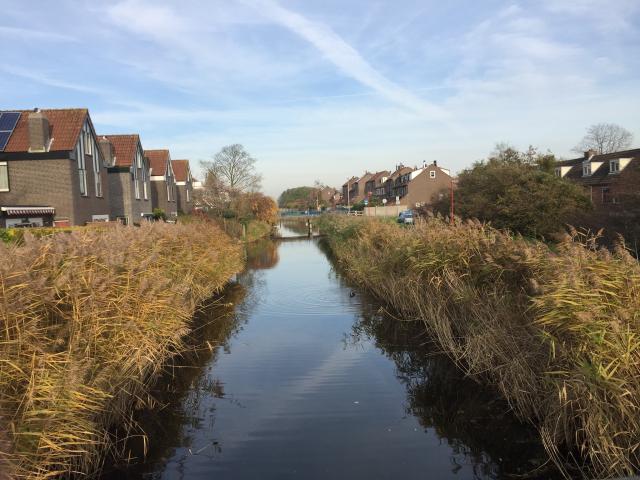
Seghwaert
Until 1935, Seghwaert was an independent municipality, spelled as Zegwaart. The Dorpsstraat connected the villages of Zoetermeer and Zegwaart. In 1935 the villages were merged into the municipality of Zoetermeer.
Stadscentrum
Stadscentrum is the vibrant heart of Zoetermeer, where shopping, entertainment and living come together. There is a wide range of stores, from large chains to boutiques and cozy cafes and restaurants where you can enjoy lunch or drinks. For cultural activities you can visit the City Theatre, cinema or the library. In summer it is great to relax on the terraces.
